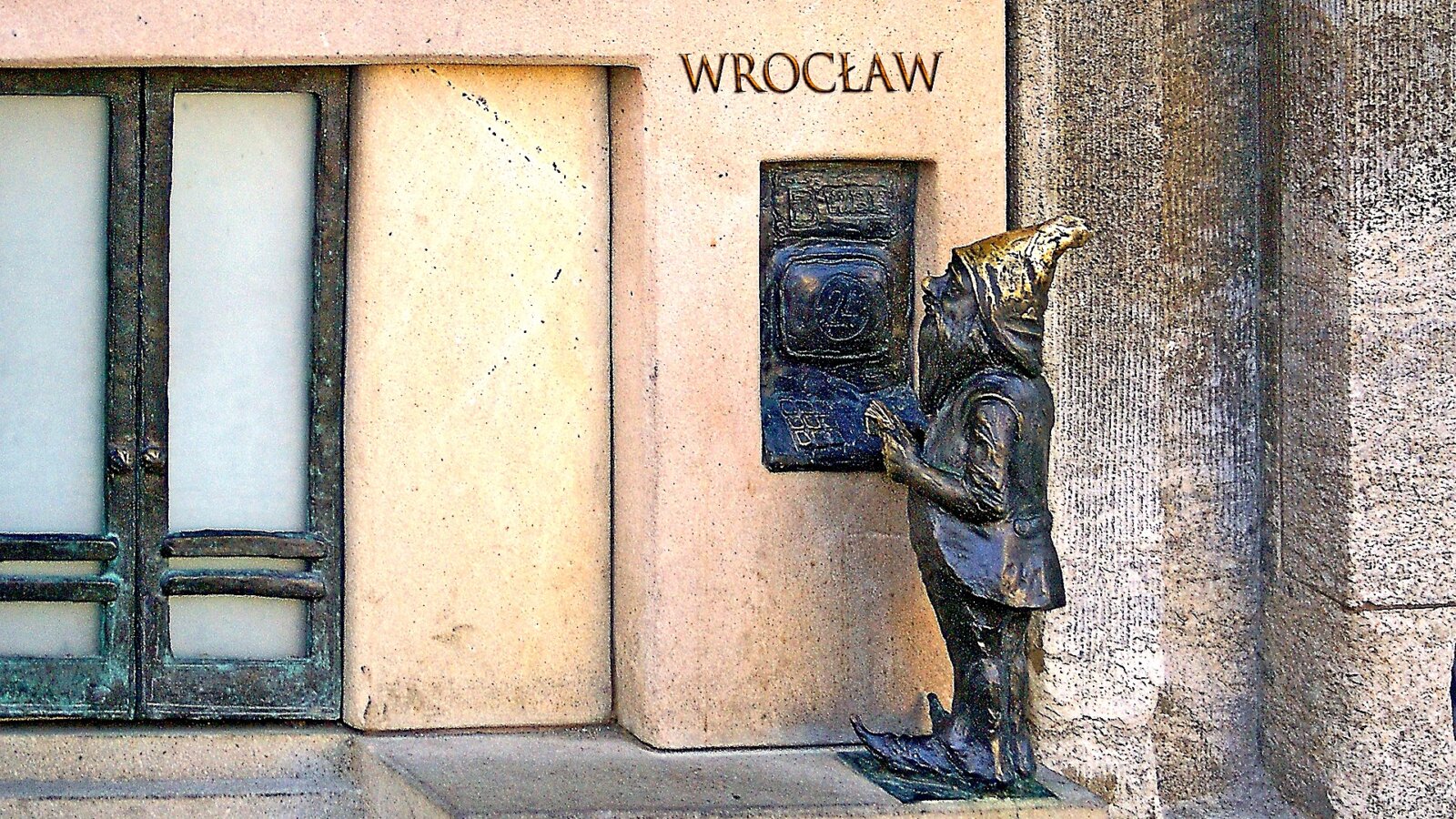
 The City of Crime and Stories
The City of Crime and Stories
‘Wrocław’s crime novels, steeped in darkness and unease, both entice and unsettle, stirring us to see the city not only as a place of beauty but as an organism pulsing with hidden life,’ writes Michał Kłosowski
.There are cities that live in the human imagination not only through their architecture, landscapes, characters or history, but also through literature. Barcelona has Carlos Ruiz Zafón, whose novel The Shadow of the Wind has forever imbued the city with an air of mystery, foggy alleys and bookshops cloaked in dust. Florence evokes Dante’s vision of Hell, while Dublin brings to mind James Joyce’s Ulysses. Yet we need not look so far, nor even cross a border. For Wrocław has, quietly but steadily, grown into Poland’s capital of crime fiction; a city that becomes at once character, stage and at times the very instigator of puzzles and crimes.
Krajewski’s Wrocław
.It is no accident that Marek Krajewski set his cycle of novels about Eberhard Mock here. His Breslau of the 1920s and 30s is grimy and beguiling at once. A place of corrupt elites, decadent cabarets, shady figures and smoke-filled pubs where crime lurks in every corner. Krajewski created not only a classic noir detective but also made pre-war Wrocław a flesh-and-blood protagonist – a city that both attracts and repels, tempting travellers to trace the remnants of old Breslau in today’s streets. Small wonder his saga of a city of sin became such a success. Krajewski’s Wrocław captivates with a character and atmosphere reminiscent of New York in the early twentieth century.
Beyond Krajewski
.But Wrocław did not stop with Krajewski. The city boasts a whole spectrum of literary crime trails that reach beyond its pre-war past. From contemporary novels in which the Lower Silesian metropolis shows its new face to works that gaze nostalgically into its darker history. Writers such as Andrzej Ziemiański, Joanna Opiat-Bojarska, Jacek Bierut and Marta Guzowska weave Wrocław’s streets, bridges, courtyards and entire districts into universes of crime, intrigue and investigation. Thanks to its complex history, the city on the Oder becomes an ideal laboratory for crime stories: here, where languages and cultures mingled for centuries, where every townhouse has a tale and every cellar a secret, narratives are simply waiting to be told.
Wrocław’s crime fiction is more than mere entertainment. It serves as a literary guide. A tourist following in the footsteps of Mock or other literary protagonists discovers the city not only through the lens of a camera, but also through literature. They step into Centennial Hall, stroll down Świdnicka Street and wander around Ostrów Tumski, with the sense that a grim investigation might once have unfolded there. It is a different way of sightseeing, akin to roaming Zafón’s Cemetery of Forgotten Books in Barcelona, tinged with thrill and the feeling that beneath the surface of everyday life lies a story no ordinary guide could tell.
The comparison with the capital of Catalonia is no coincidence and indeed comes naturally. Barcelona gained thousands of literary tourists thanks to Zafón and his mystical cemetery of forgotten books. In much the same way, Wrocław could (and already begins to) tell its own story through crime novels, not merely as another ‘city of bridges’ or ‘Polish Venice’ but as a ‘city of mystery’ where literature meets reality. Crime becomes a brand, an export and an invitation that whispers, ‘Come, walk these streets and feel the atmosphere.’
A UNESCO City of Literature
.Wrocław also carries a distinct literary potential. UNESCO has already recognised it as a City of Literature, yet it is crime writing that marks it out, with an identity unknown to Kraków, Warsaw or Gdańsk. There, poetry, sweeping historical prose or contemporary fiction dominate; here, it is crime and enigma that take centre stage. That difference could be the bedrock of promotion, branded by the slogan ‘Wrocław: Poland’s Crime Capital.’ Even the city’s architecture seems ready-made as scenery inviting mischief.
Wrocław’s crime novels, steeped in darkness and unease, both entice and unsettle, stirring us to see the city not only as a place of beauty but as an organism pulsing with hidden life. That is the real power of these stories – their ability to make tourists, like readers, hunger for the city’s next ‘page.’




